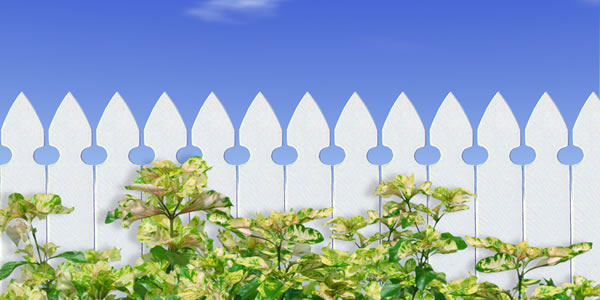Fences Make For Good Neighbours
Most homeowners can attest to the old adage that “Fences make good neighbours.” But what makes a good fence? Here are some tips on planning and maintaining your fence, and using new materials to make it maintenance-free:
- Choose material and a design that compliments your home and the neighbourhood. For suburban charm, variations on the traditional picket fence design always works while you can achieve a country look with a rail design. Cedar and pressure-treated fences, by far today’s most popular choices, offer privacy with good looks, while chain link fencing is for practical applications only (dog runs, etc.) Materials such as wrought iron, stone, brick and concrete are both permanent and evoke a feeling of quality.
- Consider some of the new fencing material alternatives such as vinyl and plastic. While most vinyl fences are designed to look like wood, there are now plastic fabricated fences made to look like stone.
- Also consider function when choosing fencing material: do you need privacy, security or just a decorative property definition?
- Finance your fencing project by arranging to share the cost with your neighbours. If you can’t agree with your neighbour on the need to build a fence, what type of fence to build, whether an existing fence needs to be rebuilt, or how the cost should be shared, the City of Toronto Municipal Licensing and Standards department employs fence viewers appointed by council to enforce the Line Fences Act.
- Before you start, make sure you know where the property line lies. If you are not sure, having the property surveyed might be necessary. The fence should be built on your side of the boundary.
A fence that reflects your home’s style while fitting your privacy needs, is a sure way to keep your neighbours on your good side. For more information on municipal fence standards and requirements, visit the city website at www.toronto.ca/fence.
Courtesy: Homeservice Club

